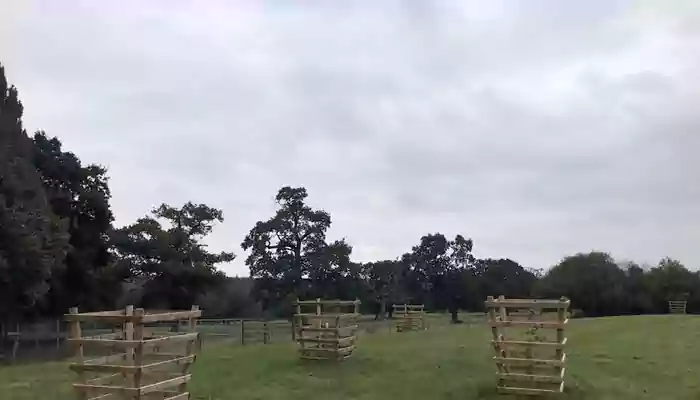Diversified Farms: The Solution For Food Crisis And Wildlife Habitat Issue

Diversified farms act as bridges, connecting fragmented forested areas that help in food security and biodiversity protection.
With increasing population, there is a pressure on getting sufficient habitable land area for survival for both human and other animals. Globally, food crisis is also rising at a rapid rate. Loss of biodiversity is also an important aspect to look upto. With all those obstacles coming in, scientists have always been fascinated towards finding a sustainable solution. Forests are the ideal habitats for most wildlife, especially forest-dwelling animals. Generally, it is thought that wild animals cannot survive in farms, however, a new study findings have surprised everyone. The study was conducted by a group of researchers in Stanford University. The research suggests that diversified farms can accomodate both wildlife conservation and food security.
What is Diversified farm and it's importance:
Diversified farming indicates a specialised type of agricultural practice involving growing a variety of crops along with raising multiple livestock species in the same space. Diversified farming systems (DFS) are a collection of methods and techniques framed to generate food sustainably by leveraging ecological diversity at landscape scales.Globally, DFS depend on varied cultures, practices, alongside governance structures to support these locally-adapted systems. By combining the natural and human ecologies, DFS allow important ecosystem services such as pollination and pest control to be "generated and regenerated within the agroecosystem", helped by scientific knowledge.
DFS provide resilience to pests, diseases, and even market fluctuations. If market price drops for one crop or livestock fails, there are substitute products to compensate. By raising wide range of crops, soil health also gets improved by providing varying nutrient requirements. DFS also provides more ecosystem services like pest control, pollination, and water filtration. As different crops are cultivated, farmers get a chance to venture into new markets. So, in a different way, economic stability is achieved. DFS also promotes integrated pest management. Due to this, chemical fertilizers and pesticides input get reduced.
Costa Rica is a great success story in terms of biodiversity conservation. The country faced rapid deforestation during 1980s and 90s. By implementing the premier payment for ecosystem services (PES) program, nearly 60% of land area in Costa Rica is covered by forests.

How diversified farming can be a game changer?
"I’m always surprised by how important how you manage a farm is for biodiversity," said Nicholas Hendershot, the lead author.The study indicates that while diversified farming conserving biodiversity, this protected biodiversity, on the other hand, can ensure food security also. Birds with their varied dietary patterns, play a significant role in it. They help in controlling pests by feeding on insects and assist in pollinating crops.
"Identity does seem to matter a lot for pest control and other ecosystem services birds provide. These species are not interchangeable," said Hendershot.
“We need a constant stream of pollinators servicing farms. About three-quarters of the world’s crops require pollinators to some extent, and that 75% is our most nutritious food – think of all the vitamins and minerals packed into fruits, nuts, and veggies,” said study co-author Gretchen Daily.
“We need a constant stream of birds, bats, and other wildlife to help control pests: they suppress the vast majority naturally. And we need to start building flood protection, water purification, carbon storage, and many other vital benefits back into agricultural landscapes, way beyond what can be achieved in protected areas alone.”
"We believe the findings of our research are new to science, but in a sense, it merely confirms what Indigenous communities around the world have already known for a long time, which is that humans can and should have reciprocal relationships with the rest of the local ecological community they are part of," said study co-author Professor Tadashi Fukami.












.webp)